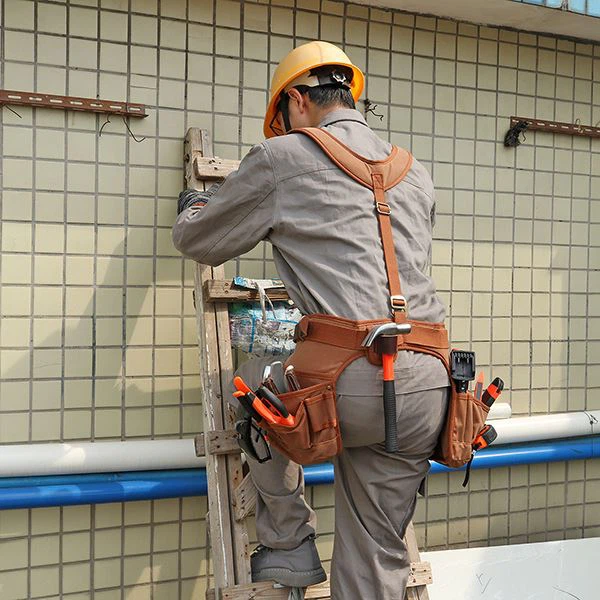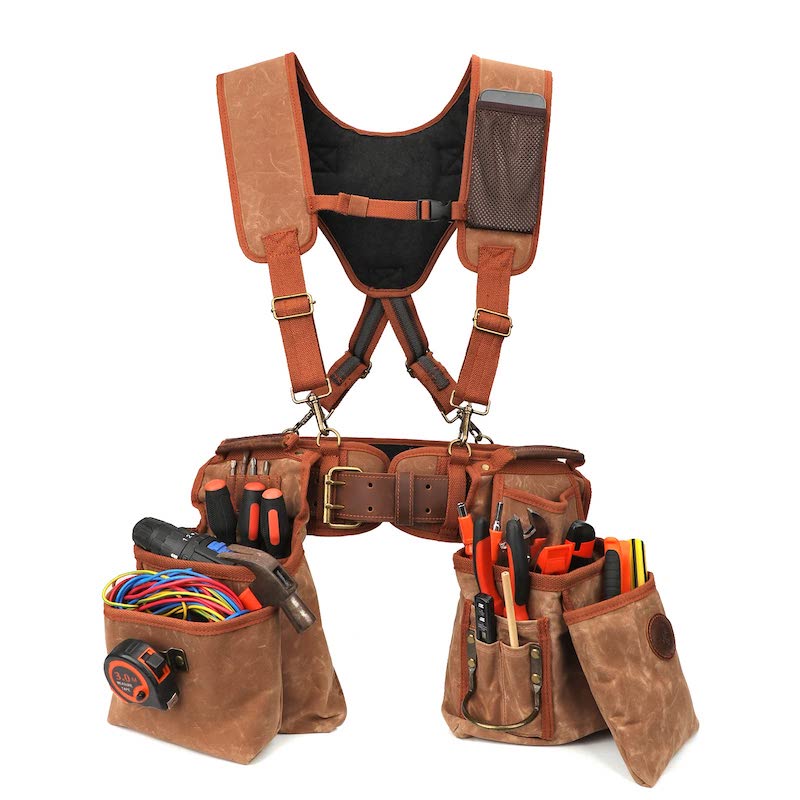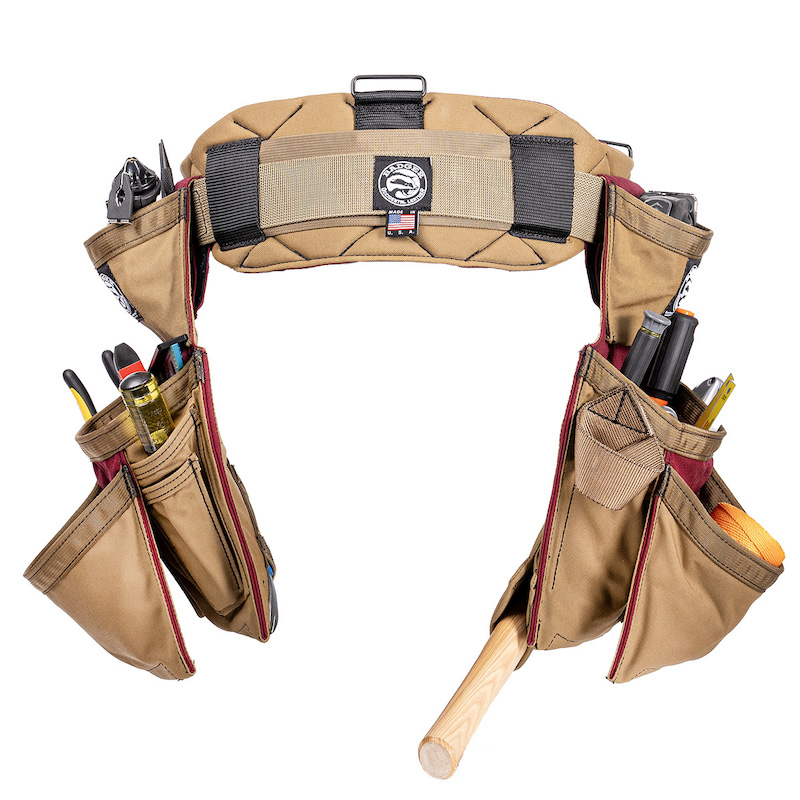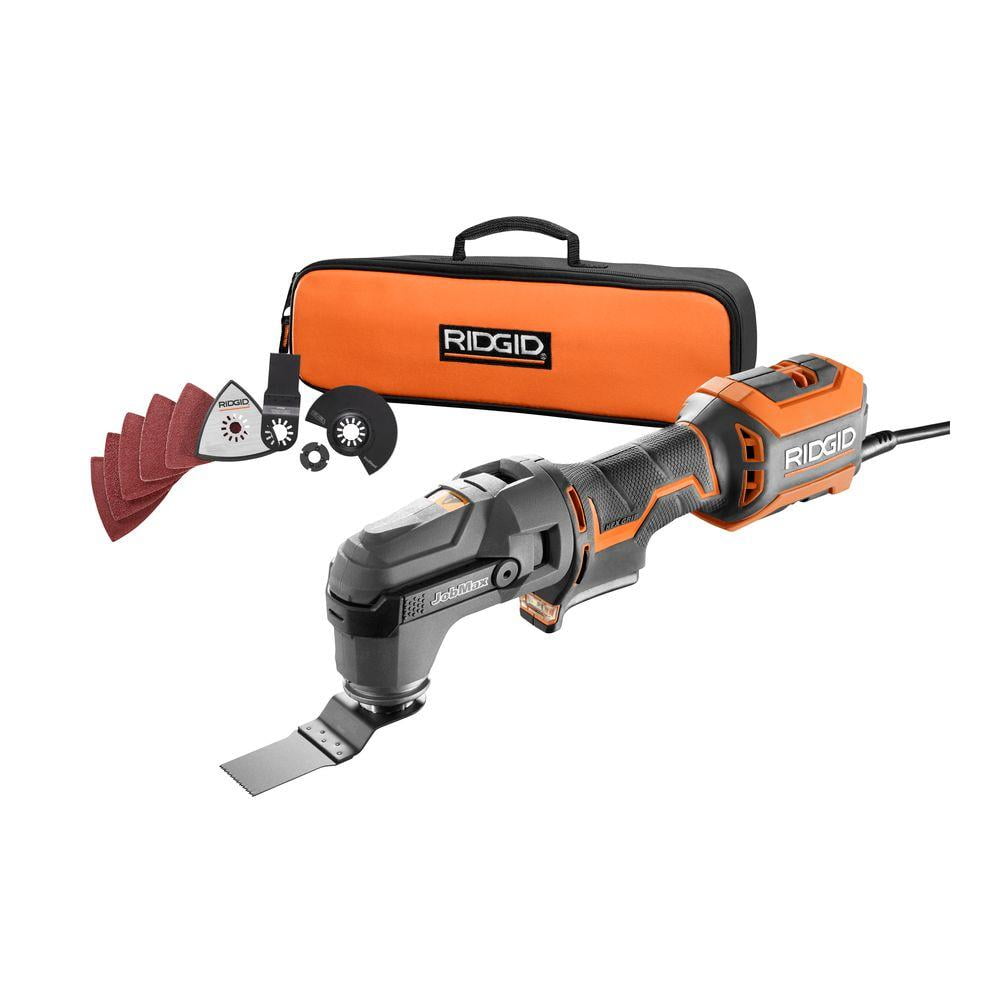
Carpenter Tool Belt: Efficiency and Organization on the Go
Introduction
A carpenter tool belt serves as an indispensable accessory, providing convenience and efficiency for professionals and DIY enthusiasts alike. These versatile belts are designed to keep essential tools and supplies within reach, enhancing productivity and streamlining tasks. In this definitive guide, we will explore the features, benefits, and selection considerations for carpenter tool belts, shedding light on the paramount role they play in the construction and woodworking realms.
Part 1: Understanding the Importance of a Carpenter Tool Belt
A carpenter tool belt serves as a vital component of a professional’s toolkit, providing a platform for easy access to essential tools and supplies during a multitude of tasks.
Level 1: The tool belt promotes efficiency by eliminating the need for constant trips back and forth to a toolbox, allowing workers to keep their tools within arm’s reach at all times.
Level 2: By offering a hands-free solution for tool organization, the belt enables carpenters to focus on the task at hand, reducing unnecessary downtime and enhancing the overall workflow efficiency.
Part 2: Key Features and Components of Carpenter Tool Belts
Carpenter tool belts are designed with various features and components to accommodate different tool requirements and working preferences.
Level 1: Common components of tool belts include pouches, holders, loops, and pockets, offering designated spaces for hammers, screwdrivers, pliers, measuring tapes, and other frequently used tools.
Level 2: Some tool belts are equipped with built-in hammer holders, tape measure clips, drill bit holders, and utility knife pockets, providing additional organization and accessibility for specific tools commonly used by carpenters.
Part 3: Material and Durability Considerations
The durability and longevity of a tool belt largely depend on the quality of materials used in its construction, making material selection of utmost importance.
Level 1: Tool belts are often made from leather, nylon, or polyester, each offering its unique advantages in terms of strength, longevity, and resistance to wear and tear.
Level 2: Premium leather tool belts are sturdy and durable, with the ability to withstand heavy use, while nylon and polyester belts are lightweight and moisture-resistant, making them suitable for various job site conditions.
Part 4: Comfort and Fit for All-Day Wear
An essential aspect of a carpenter tool belt relates to its wearability and comfort, especially for tradespeople who spend extended hours on the job.
Level 1: Modern tool belt designs feature padded waistbands and adjustable straps to offer a comfortable fit for a wide range of body types, reducing fatigue and promoting prolonged wearability.
Level 2: Ergonomic features such as padded suspenders and breathable materials contribute to minimized strain on the body, making the tool belt an indispensable and ergonomic accessory for carpenters working on long shifts.
Part 5: Customization and Modular Tool Belt Systems
Modular tool belt systems offer carpenters the flexibility to customize their tool-carrying solutions, catering to individual tool preferences, job requirements, and personal comfort.
Level 1: Modular tool belts allow for the addition, removal, and reconfiguration of pouches, holders, and accessories, enabling users to adapt the belt to a specific task or working environment.
Level 2: The modularity of these systems facilitates the organization of tools based on workflow requirements, resulting in personalized solutions for different trades and job site demands, ensuring optimum efficiency and organization.
Part 6: Selecting the Right Carpenter Tool Belt for the Job
Factors such as trade specialization, task requirements, and personal preferences play a critical role in determining the most suitable tool belt for a carpenter.
Level 1: Considerations such as tool capacity, weight distribution, and organization convenience shape the selection process, ensuring that the chosen belt meets the specific needs of the user.
Level 2: It is crucial to research and compare various tool belt models, considering aspects such as pocket and pouch layouts, material durability, comfort features, and adjustability, to make an informed decision that aligns with the user’s unique job demands and working environment.
Part 7: Maintenance and Care for Carpenter Tool Belts
Proper maintenance and care are vital for ensuring the longevity and functionality of a carpenter tool belt, safeguarding its performance and durability in demanding work environments.
Level 1: Regular cleaning and maintenance, including the removal of debris and dirt, as well as the occasional conditioning of leather belts, help preserve the integrity of the materials and components, extending the lifespan of the tool belt.
Level 2: Additionally, inspecting the belt for wear, checking stitching and seams, and repairing or replacing worn-out components as needed can prevent premature degradation and maintain the belt’s structural integrity, supporting its long-term usability on the job site.
Part 8: Specialized Tool Belts for Unique Carpentry Needs
Specialized tool belt designs cater to unique carpentry tasks and trade requirements, offering tailored tool organization solutions for specialized applications and working environments.
Level 1: Task-specific tool belts are available for various trade disciplines, such as framing, finish carpentry, electrical work, and woodworking, providing optimized tool layouts and features tailored to the demands of each trade.
Level 2: These specialized tool belts may include features like tool-specific pockets, magnetic components, and reinforced holders, providing the necessary organization and accessibility required for the tools and supplies essential to each specific trade.
Part 9: The Evolution and Future of Tool Belt Design
As technology and user needs evolve, tool belt designs continue to advance, incorporating innovative materials, ergonomic features, and technology-driven enhancements to meet the evolving demands of modern trade professionals.
Level 1: Advancements in material science and fabrication techniques contribute to the development of lighter, more durable, and weather-resistant tool belt materials, enhancing performance and user comfort on the job site.
Level 2: The integration of technology-driven features, such as RFID tracking, modular tool holders, and personal safety devices, represents a potential direction for future tool belt designs, aiming to improve tool management, task efficiency, and worker safety in dynamic job site environments.
Part 10: Evaluating User Feedback and Reviews
User feedback and reviews offer valuable insights into the practicality, durability, and performance of different tool belt models, providing firsthand accounts of their suitability for various tasks and job site conditions.
Level 1: Prioritizing user feedback enables carpenters to gain an understanding of real-world experiences and potential considerations in selecting a tool belt that aligns with their specific needs and expectations.
Level 2: By weighing user testimonials and recommendations, individuals can make informed decisions that address their unique workflow requirements, helping ensure the chosen tool belt meets their expectations for functionality, comfort, and durability.
Conclusion
A carpenter tool belt serves as an essential accessory, offering convenience, efficiency, and organization for professionals and enthusiasts in the construction and woodworking industries. By understanding the key features, material considerations, wearability, customization options, and trade-specific requirements, individuals can select a tool belt that aligns with their unique needs, promoting enhanced work efficiency, comfort, and task performance in their daily operations. As an indispensable and practical tool-carrying solution, the carpenter tool belt continues to play a pivotal role in empowering tradespeople with the organizational advantage and accessibility needed for optimal task execution.
In conclusion, carpenter tool belts offer a critical platform for organization, efficiency, and convenience in the construction and woodworking trades. By considering key factors such as material durability, wearability, customization options, trade-specific requirements, maintenance needs, and specialized tool belt designs, carpenters can make informed decisions and select a tool belt that aligns with their unique needs, promoting enhanced work efficiency, comfort, and task performance. As an indispensable and practical tool-carrying solution, the carpenter tool belt continues to play a pivotal role in empowering tradespeople with the organizational advantage, accessibility, and task-specific functionality needed for optimal task execution.

Unveiling Versatility: Exploring the Ridgid Multi Tool
Introduction
The Ridgid multi tool is a versatile and innovative power tool that has revolutionized the way professionals and DIY enthusiasts approach a wide range of tasks. With its adaptability and multifunctional capabilities, the tool has become a go-to solution for precision cutting, sanding, scraping, and more. In this comprehensive guide, we will delve into the world of the Ridgid multi tool, examining its features, applications, and the myriad benefits it offers to users across various industries and skill levels.
The Ridgid multi tool represents a versatile and indispensable solution for precision cutting, sanding, scraping, and a myriad of other applications. With its ergonomic design, multifunctional capabilities, and advanced features, the multi tool exemplifies excellence in performance and efficiency. By understanding the diverse applications, features, safety considerations, and accessories associated with the Ridgid multi tool, users can harness its adaptability and versatility to elevate their productivity and achieve exceptional results across various projects and industries. As an innovative and essential tool in the trade, the Ridgid multi tool continues to empower professionals and DIY enthusiasts alike to pursue excellence in craftsmanship and efficiency.
Part 1: Understanding the Ridgid Multi Tool
Level 1: Definition and Functionality
The Ridgid multi tool is a compact and ergonomic power tool designed for precise, detail-oriented tasks such as cutting, sanding, grinding, and scraping. Its modular design typically includes a quick-change accessory system that allows for seamless transitioning between different attachments and applications. The multi tool is characterized by its oscillating motion, which enables it to perform a diverse array of tasks with exceptional precision and control.
Level 2: Applications and Versatility
The versatility of the Ridgid multi tool makes it suitable for a wide range of applications, including woodworking, remodeling, flooring, plumbing, and overall general construction. The ability to use various attachments, such as cutting blades, sanding pads, and scraping accessories, enables users to tackle intricate projects and address different materials, including wood, metal, plastic, and drywall. The multi tool’s adaptability and precision make it an indispensable asset for professionals and hobbyists alike.
Part 2: Features and Technology of the Ridgid Multi Tool
Level 1: Motor Power and Speed Control
The performance of the Ridgid multi tool is driven by a powerful motor that provides robust oscillating action and efficient operation. Additionally, advanced models feature variable speed control, allowing users to adjust the oscillation rate to suit the specific application or material being worked on. This feature enhances precision and versatility, ensuring optimal results across different tasks and projects.
Level 2: Quick-Change Accessory System
A hallmark of the Ridgid multi tool is its quick-change accessory system, which enables users to swiftly swap out attachments without the need for additional tools. This design streamlines workflow, minimizing downtime and enhancing productivity. The seamless transition between cutting, sanding, and scraping accessories empowers users to address diverse project requirements without interruption.
Part 3: Benefits of the Ridgid Multi Tool
Level 1: Precision and Control
The oscillating motion of the Ridgid multi tool provides exceptional precision and control, allowing users to navigate intricate cuts, detailed sanding, and delicate material removal with ease. The ability to maneuver the tool in tight spaces and confined areas makes it well-suited for tasks that demand finesse and accuracy, such as trim work, fitting, and intricate detail finishing.
Level 2: Reduced Vibration and Noise
The ergonomic design of the Ridgid multi tool, coupled with its advanced engineering, minimizes vibration and noise during operation. This not only enhances user comfort and reduces fatigue but also contributes to a quieter and more controlled working environment. The reduced vibration also helps to maintain stability and accuracy while working with delicate materials.
Part 4: Selecting the Right Ridgid Multi Tool for Your Needs
Level 1: Consideration of Power Source
Ridgid multi tools are available in corded and cordless models, and the choice between the two depends on individual preferences and project requirements. Corded models offer consistent power output for prolonged usage, while cordless models provide portability and freedom of movement, making them ideal for on-the-go applications and remote job sites.
Level 2: Attachment Compatibility and Versatility
When selecting Ridgid multi tools, it’s essential to consider the availability of compatible attachments and accessories to meet specific project needs. The range of accessories, including cutting blades, sanding pads, and scraping attachments, enables users to effectively address diverse materials and tasks. Compatibility with universal and industry-standard accessories also ensures flexibility and accessibility.
Part 5: Maintenance and Care for the Ridgid Multi Tool
Level 1: Regular Inspection and Cleaning
To maintain the optimal performance and longevity of the tool, routine inspection and cleaning are essential. Periodically checking for debris, dust, or worn components ensures that the tool operates efficiently and safely. Cleaning the tool’s housing, airflow vents, and attachment connection points helps prevent obstructions and ensures seamless functionality.
Level 2: Lubrication and Blade Maintenance
Applying a suitable lubricant to the oscillating mechanism and components can help reduce friction and wear, prolonging the lifespan of the tool and ensuring smooth operation. Additionally, regularly inspecting and replacing worn or damaged cutting blades, sanding pads, and scraping accessories is crucial for maintaining the tool’s effectiveness and safety.
Part 6: Safety Considerations for Operating the Ridgid Multi Tool
Level 1: Personal Protective Equipment
When utilizing the Ridgid multi tool, it is crucial to wear appropriate personal protective equipment (PPE) such as safety glasses, ear protection, and dust masks to safeguard against potential hazards. These precautions help shield the eyes, ears, and respiratory system from airborne particulates, debris, and noise generated during operation, ensuring a safe and healthy work environment.
Level 2: Secure Workpiece and Stability
To prevent accidental slips, kickbacks, or loss of control while using the multi tool, it’s vital to secure the workpiece firmly in place using clamps or vices. Ensuring the stability of the material being worked on helps maintain precision and control during cutting, sanding, or scraping operations. Additionally, maintaining a secure footing and balance while operating the tool contributes to overall safety and effectiveness.
Part 7: Accessories and Add-Ons for the Ridgid Multi Tool
Level 1: Specialized Attachments for Unique Applications
In addition to standard cutting and sanding accessories, the Ridgid multi tool offers a variety of specialized attachments tailored for unique applications. These may include grout removal blades for tile work, flush-cutting blades for precision trimming, and carbide rasp attachments for aggressive material removal. The availability of specialized accessories extends the versatility and functionality of the multi tool, enabling users to address a wider array of tasks.
Level 2: Workstation and Dust Collection Attachments
Workstation accessories such as precision guides and depth stops can enhance the accuracy and repeatability of cutting and sanding operations, especially for detailed or repetitive tasks. Furthermore, incorporating dust collection attachments or vacuum adapters helps maintain a clean work environment by capturing debris and airborne particles, leading to better visibility and reduced cleanup efforts.
Part 8: Innovative Features in Ridgid Multi Tool Models
Level 1: Brushless Motor Technology
Some advanced Ridgid multi tools models feature brushless motor technology, delivering increased efficiency, extended runtime, and reduced maintenance requirements. Brushless motors offer enhanced power and performance, which contributes to prolonged tool longevity and optimal operation across a variety of applications.
Level 2: Intelligent Speed Control and Feedback Systems
Certain Ridgid multi tool variants integrate intelligent speed control and feedback systems that automatically adjust the oscillation speed based on the load and material density. This technology optimizes cutting and sanding performance while minimizing user effort, ensuring consistent results and preventing damage to workpieces.
Conclusion
The Ridgid multi tool has emerged as a versatile and indispensable tool for professionals and DIY enthusiasts, offering precision, adaptability, and efficiency across a wide range of applications. With its multifunctional capabilities, advanced features, and ergonomic design, the tool has redefined the approach to detail-oriented tasks, empowering users to achieve exceptional results with control and accuracy. By understanding the features, applications, and maintenance considerations associated with the multi tool, users can harness its diverse capabilities and elevate their productivity and craftsmanship across various projects and industries. As a valuable asset in the tool arsenal, the Ridgid multi tool continues to inspire innovation and creativity while setting new standards for precision and efficiency.





